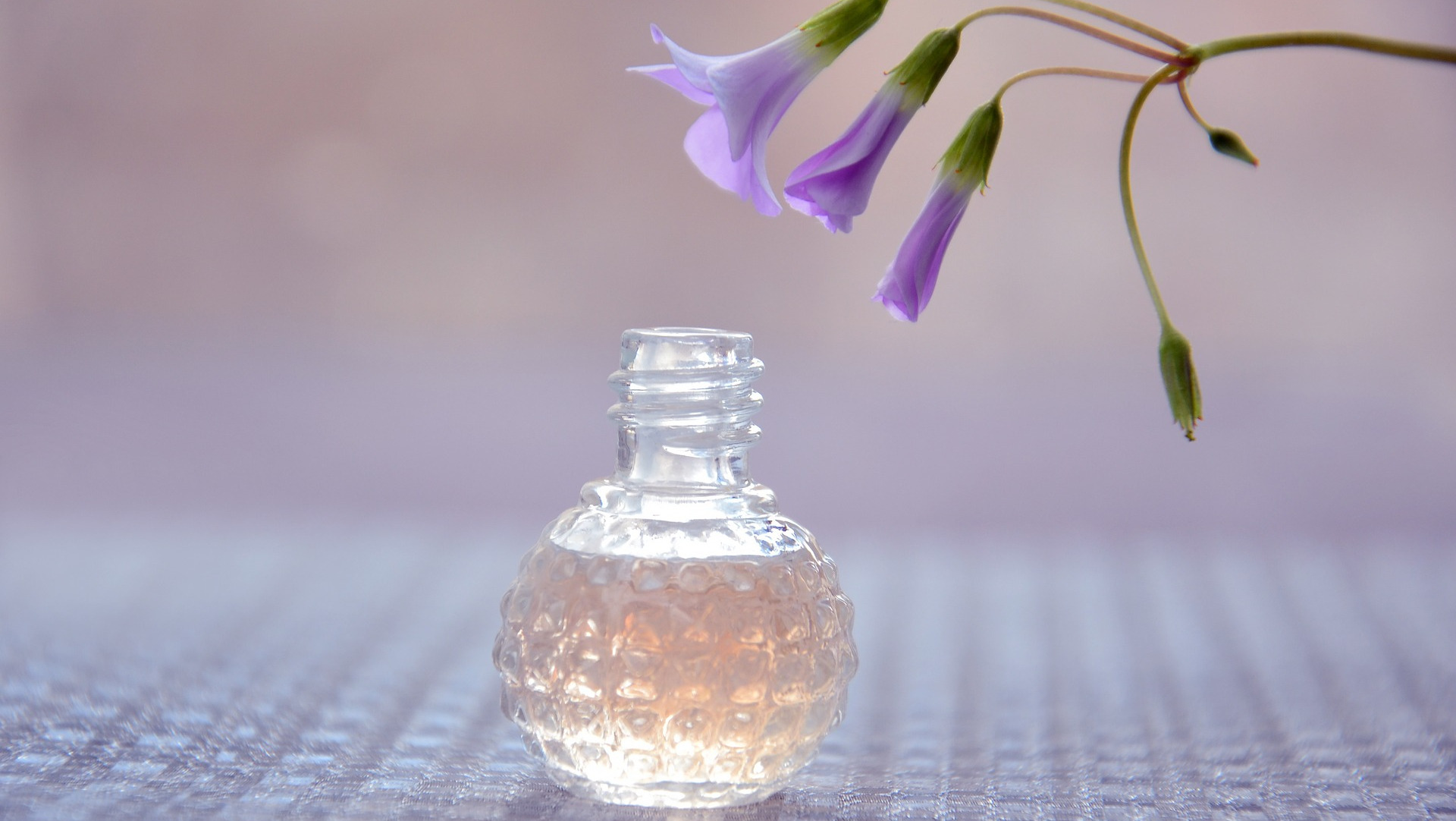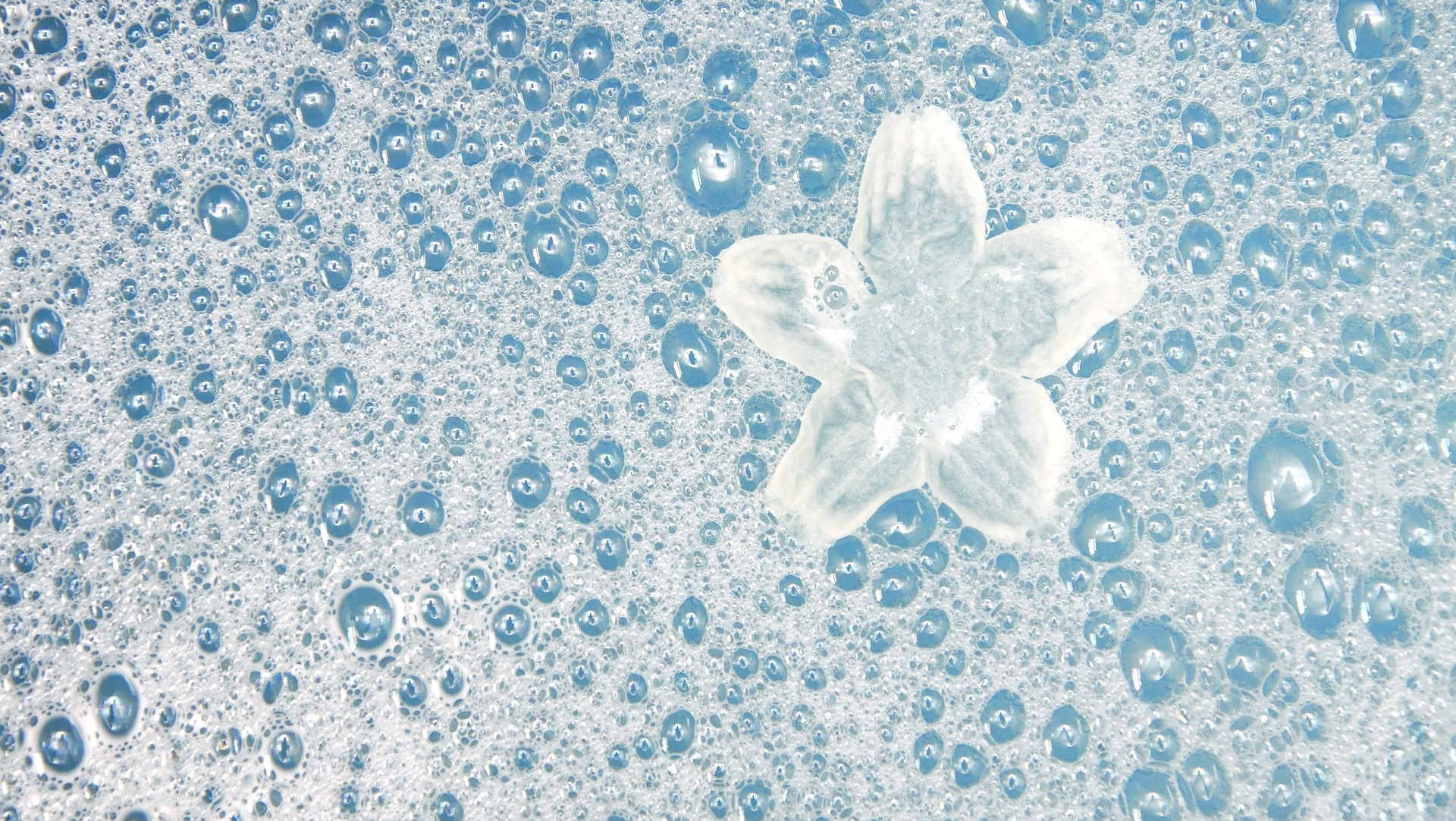The Basic Art and Science of Aromatherapy Blending
Aromatherapy is like the alchemy of scents, and the art of blending is at its heart.
Whether you're crafting a simple single-oil blend or diving into the complexity of multiple essential oils, mastering the basics of blending is essential for unlocking the full potential of aromatherapy.
In aromatherapy terms, a blend is your aromatic masterpiece, ready to dazzle your senses. It could be as straightforward as a single essential oil mixed with a carrier or a symphony of scents harmonizing for a therapeutic dance. The key lies in selecting your oils thoughtfully, considering their therapeutic values, synergistic aroma properties, or a delightful mix of both.
Experimentation is the name of the game. Consider getting a variety of essential oils and carriers like Jojoba or sweet almond oil. The world of aromas is your canvas; let your creativity flow as you blend your favorite scents to create aromatic magic.
Essential Oil Blending Supplies
Before you embark on your aromatic adventure, ensure you have the right tools. Here's a starting list of blending supplies to set the stage for your aromatherapy creations:
- Carrier oils for mixing essential oils
- Essential oils (your aromatic palette)
- Unscented cream for incorporating essential oils
- Glass bottles with caps for blended carrier oils (small, dark glass)
- Glass bottles with orifice reducers for undiluted essential oil blends (even smaller, dark brown or blue glass)
- Glass stirring rods
- Jars for cream blends
- Labels and pens for your aromatic masterpieces
- Notebook and pen for documenting your blends
- Towels or paper towels for a clean blending space
Aromatic Wisdom Blending Tips
Tread lightly when using intense floral-scented oils like Rose, Jasmine, Ylang-ylang, Geranium, or Neroli. These potent essences require a gentle touch. Start with only 1 to 3 drops in your blend, especially if you're a first-time blender with these powerhouse oils.
Demystifying Dilutions
To apply essential oils to the skin, understanding dilutions is crucial. Diluting essential oils in a carrier ensures safe and effective use. Depending on the oil and the situation, a typical dilution ranges from 5 to 18 drops of essential oil per 1 ounce of carrier oil or cream. The carrier could be Jojoba, Sweet Almond oil, or even an unscented cream.
Here are some basic dilutions:
- 1% dilution: 5 to 6 drops per 1 ounce of carrier oil or cream for children, elders, chronically ill persons, and pregnant women.
- 2% dilution: 10 to 12 drops per 1 ounce of carrier oil or cream for the average adult for daily or long-term use.
- 3% dilution: 15 to 18 drops per 1 ounce of carrier oil or cream for specific illnesses or acute injury, used for a week or two.
Aromatic Recipes for Blissful Baths
Baths are an oasis of relaxation; essential oils can turn them into a fragrant escape. Here are some recipes for bath indulgence:
- Bath Salts: Add 8 to 10 drops of essential oil(s) to each ounce of salt. Use 1 tablespoon of the salt blend in a full bath.
- Bath Milk: Add 3 to 4 drops of essential oil(s) to a cup of milk and pour it into your bath.
- Bath Oil: Add 3 to 4 drops of essential oil to a tablespoon of carrier oil and add to your full bath.
Aromatic Recipes for Refreshing Sprays
Spritzing essential oils is like sending little bursts of joy into the air. Create your refreshing atmosphere with these spray recipes:
- Mix 10 to 15 drops of essential oil(s) in a 2-ounce spray bottle filled with water.
- Shake well and spray freely in any room.
Aromatic Recipes for Inhalation Therapy
Inhalation therapy is a direct path to aromatic bliss. Try these steamy recipes for a sensory experience:
- Add 1 drop of essential oil or a blend to a bowl of steaming water.
- CLOSE YOUR EYES, lean over the bowl and inhale.
- Enhance the effects by creating a steam tent with a towel over your head.
Safety Precautions For Aromatherapy
Aromatherapy, with its captivating scents and therapeutic benefits, is a wonderful practice for enhancing well-being. However, like any powerful tool, essential oils demand respect and careful handling to ensure a positive and safe experience.
Here's a general guide to aromatherapy safety:
-
Dilution Wisdom: Always dilute essential oils before applying them to the skin. Direct application of undiluted oils can cause skin irritation or allergic reactions.
-
Patch Test Protocol: Before widespread use, conduct a patch test by applying a small amount of diluted essential oil on a small skin area. Monitor for any adverse reactions over 24 hours.
-
Sensitive Skin: If you have sensitive skin, consider using lower dilutions to minimize the risk of irritation.
-
Pregnancy Precaution: Consult with a healthcare professional before using essential oils during pregnancy, especially during the first trimester. Some oils may have contraindications.
-
Childhood Caution: Avoid using essential oils around infants and young children. Certain oils may not be suitable for their developing systems.
-
Avoid Eye Contact: Keep essential oils away from eyes. In case of accidental contact, flush the eyes with a carrier oil, not water.
-
Phototoxicity Awareness Some citrus oils, like bergamot, can cause skin sensitivity when exposed to sunlight. Avoid sun exposure after using these oils on the skin.
-
Ingestion Insight: Many oils are toxic if ingested. Do not ingest essential oils without proper guidance from a certified aromatherapist or healthcare professional.
-
Storage Safety: Store essential oils in dark glass bottles, away from direct sunlight, heat, and moisture. Ensure proper sealing to prevent oxidation.
-
Pet Precaution: Some essential oils can be harmful to pets. Exercise caution and research before using oils in households with furry friends.
-
Individual Allergies: Consider individual allergies when selecting oils. If you have known allergies, consult a healthcare professional before using new essential oils.
-
Respect Respiratory Sensitivity Exercise caution if you have respiratory conditions like asthma. Strong scents may trigger reactions, so start with low concentrations.
-
Expert Advice: Seek guidance from certified aromatherapists, especially if you are new to aromatherapy or dealing with specific health concerns.
-
Quality Matters: Choose high-quality, pure essential oils from reputable sources to ensure their efficacy and safety.
By following these safety precautions, you can confidently enjoy the delightful world of aromatherapy, creating an atmosphere of well-being while safeguarding your health.







